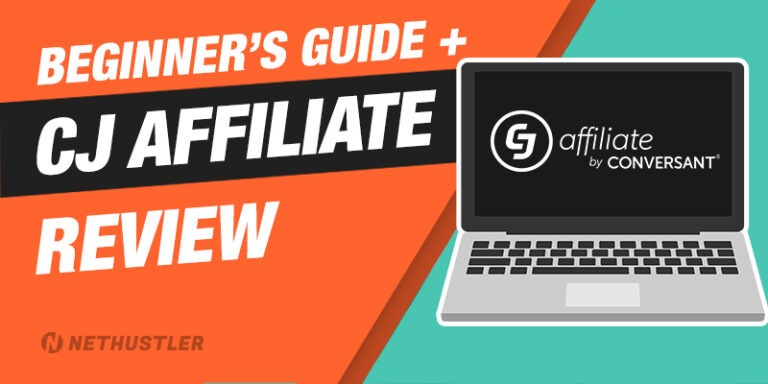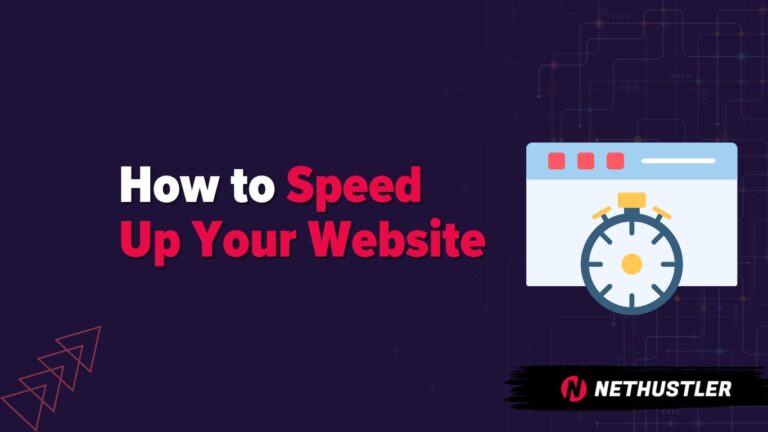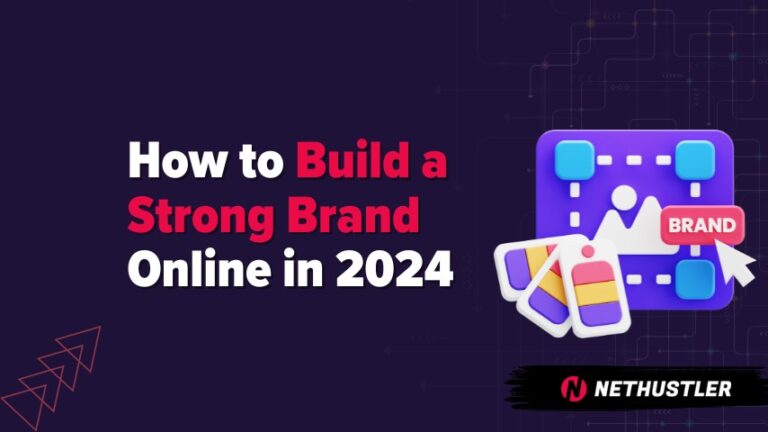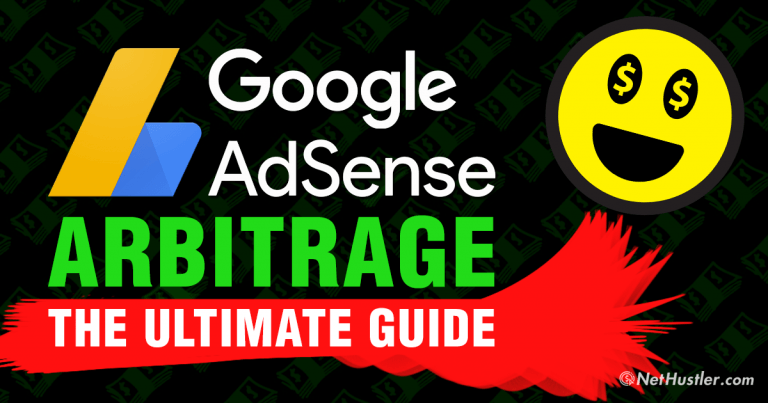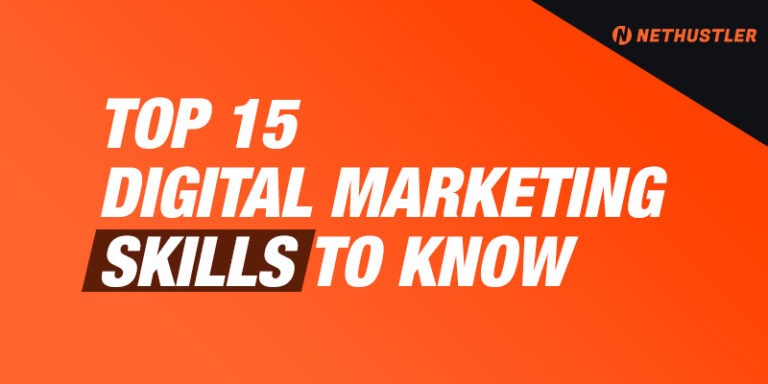Soft Selling vs Hard Selling: What’s the difference?
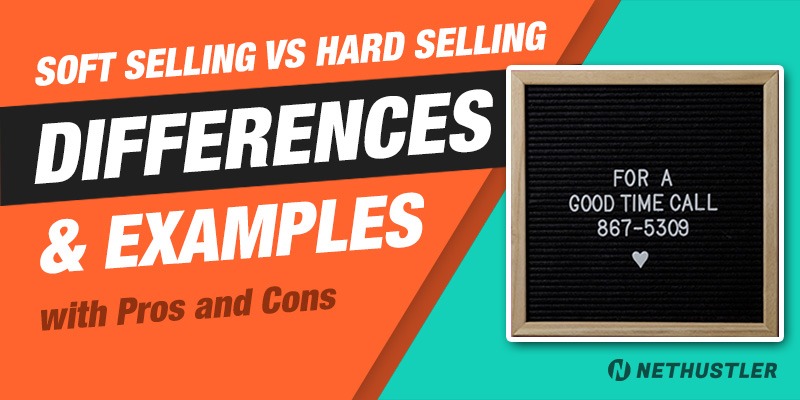
Soft selling vs hard selling. Which of these selling techniques should you focus on as an advertiser and online marketer? Read this article to find out.
As marketers, we have one job, to sell things. Selling is the world’s highest-paid profession. Don’t quote me on that, because it’s something that I have heard ages ago when watching random YouTube videos at 03:00 AM. But it’s true though.
Anyway…where were we?
Ah right, soft-selling vs hard selling… As I was saying, in order to make money, we need to sell. Sell people on an idea, dream, solution, product, service, etc. It’s selling.
You don’t even need a product or a service to sell something to someone. For example, you could sell to your partner the idea of going away for the weekend.
The way you approach your marketing technique will result in either you sipping beer near a campfire, or sitting alone in the darkness of your basement, watching cat videos online.
And let me be clear, it has to be either one or the other, you have to smoothly choose between a soft and hard sale and make it so that you get the right result every single time, or at least…as many right results as you can.
It’s our job as salespersons to figure out when to choose one in favor of another. You can also start with one technique and if you see that you’re not getting results quickly switch out to the other one.
Let me explain…
What is soft selling?
Soft selling is the seductive art of persuading anyone into doing or buying what you want, without them realizing that you have sold them on the idea in the first place.
The goal here is to not scare away your prospects with annoying messages, calls, emails, and content that shout at them: BUY BUY BUY.
Instead, you have to come up with clever and unique solutions to “mask” the sale in such a way that the would-be customer comes to the realization of taking action on their own. For example, they can decide to purchase or sign up for something after reading, hearing, or watching whatever content strategy you have used.
Soft selling examples
You can create blog posts, email newsletters, videos, social media posts, and eBooks in such a way that people don’t immediately realize that they are being sold something.
Advertorials like these are pretty popular for a reason:
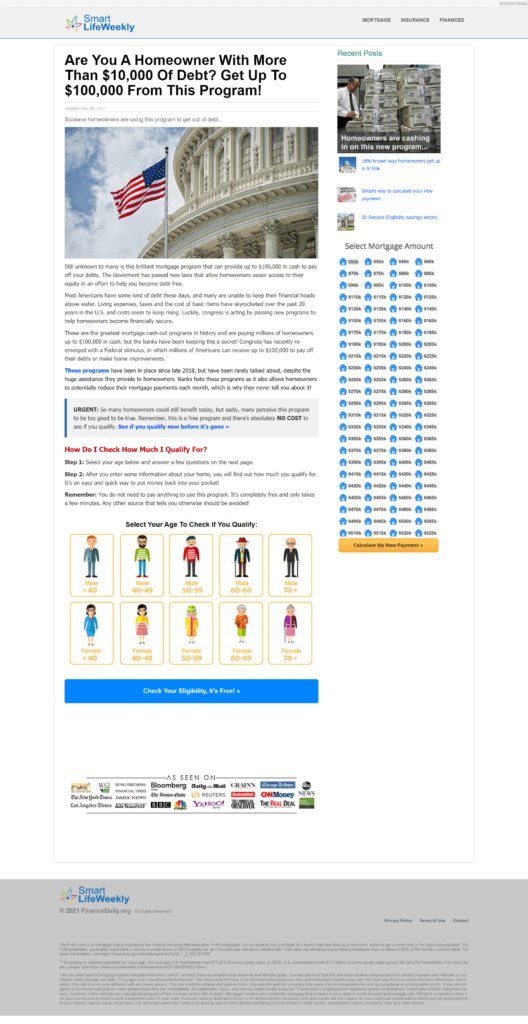
They freaking work. I’ve created and used tons of these over the years, and it’s one of the best ways to design an affiliate marketing landing page.
I’m sure you have seen a page like that in all your years of lurking online. If not, well now you know what an online advertorial looks like.
The same can be said for regular blog posts, that are “sponsored” or have affiliate links in them.
For example, in a couple of my blog posts like SimilarWeb Alternatives and How to Check Website Traffic, I list various tools and most of them have affiliate links, predominantly for Semrush (an awesome all-in-one SEO platform).
You will notice that in those articles, I never directly shout “GO BUY THIS”. Instead, I list some of the best digital marketing tools, with the most amount of details as possible.
The reader makes up their own informed decision whether to buy Semrush or other tools via my links, after reading and comparing between them.
***And yes, that was also a soft sale for Semrush in the previous paragraphs***
What is hard selling?
Hard selling is the direct method of promoting services, products, and ideas.
Think about telemarketers, email spam, all kind of direct ads, pop-ups, sales pages, and things like:
See? That’s a direct hard sale, bold and in your face. It might pay off or it might not.
You can actually subscribe to my email list, right this second. Or go the other direction and chose not to. You might even leave this page altogether now since I’ve slightly annoyed you with that.
Some marketers stay away from hard selling and instead they prefer to soft-sell because it’s not as direct and the chances of annoying a prospect are lower.
Still, if it’s done correctly direct selling or hard selling is something that can turn an indecisive person into a buyer or customer.
Many times people will need a big and bold and clear call to action asking them to do things, for example:
- “Buy this product”
- “Subscribe to this email list”
- “Visit this page”
- “Share this article”
- “Read this book”
Otherwise, they might forget or get carried away… and “aww a puppy chasing a squirrel GIF”, and poof they forgot all about your soft sale tactic.
Urgency and FOMO (fear of missing out) are clever tactics that hard-selling advertisers use in order to get sales fast.
But then again, hard sales are not for every marketer, customer, product, or service. It all depends on your target demographic and your niche. You might annoy more persons than turn into customers, and yeah that happens a lot.
Hard selling examples
Look around you, at your TV or Laptop screen, on the highway when you’re driving, or when you’re listening to a podcast or the radio.
Hard selling ads are everywhere: billboards, banners, all over the web, in print, or in digital, they are in your face and you immediately know when you see one.
In my cheap website traffic article I promote the shit out of Bing Ads, through multiple hard-selling ads/notices in between the lines of text. (Not anymore since the partnership program with them is dead, but you get the point).
My “subscribe to my newsletter” sticky bar is also a hard sale and a direct way of promoting my email list:
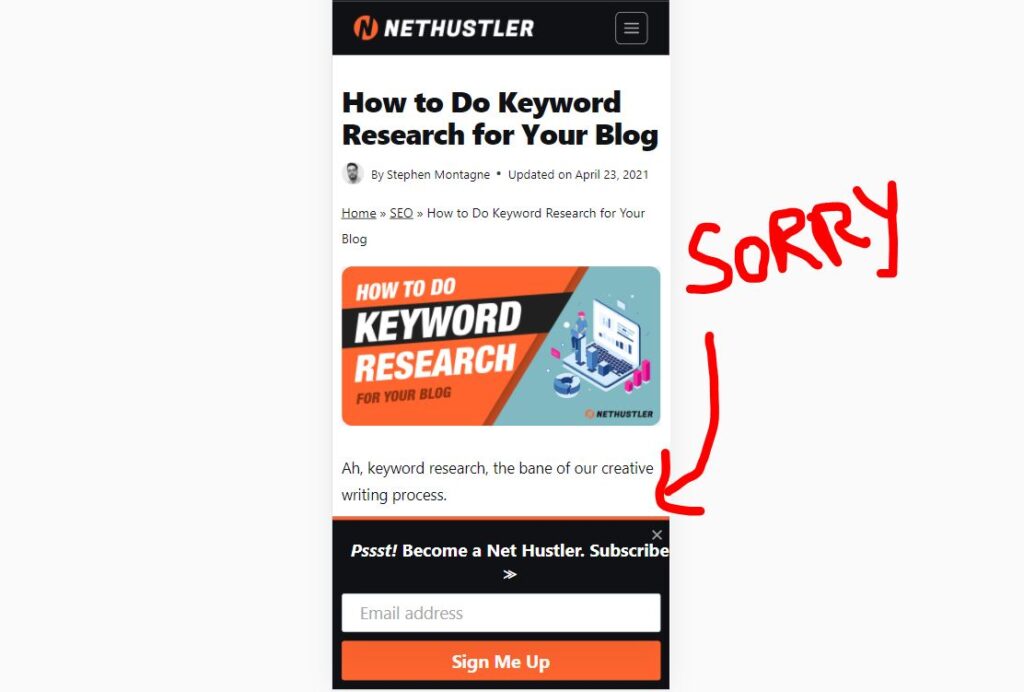
Go look at any news website and blog and chances are you’ll see tons of banner ads, sure you might have an adblocker installed or have developed banner blindness but they are still there and in your face.
Some online ads are more subtle though and they are borderline soft selling ads such as native ads, but internet power users already know what they are.
Also, nothing is as hard selling as the damn pop-up ads, these things are the bane of the internet and users hate them so much that browsers such as Google Chrome had to implement ways to block them automatically from showing up.
Soft selling vs Hard Selling: The Difference
Soft selling and hard selling as you realized by now has their differences, one is more indirect and usually a longer more thought-out method, the other one is screaming and shouting: LOOK AT ME, BUY THIS NOW.
The pros and cons of a hard sale and soft sale are many, but usually it boils down to this:
Soft Selling Pros:
- Build trust with your audience
- Some people require more time to research
- They are usually non-intrusive
- Can be more attractive
Soft Sale Cons:
- Might lose customers that are not easily convinced
- Requires more time to create
- It’s more expensive (usually)
- You can lose customers to the competition
Hard Selling Pros:
- Get more short-term sales
- Helps with indecisive customers
- Cheaper to create
- Faster to make and to see results
- Easier to A/B test
Hard Sale Cons:
- In your face marketing doesn’t work for every industry
- It’s more intrusive
- Can kill your sale pitch entirely and lose a potential customer
- Not that great long-term
So as you can see there are quite a few differences and pros & cons to soft selling vs hard selling, and it’s up to you, a smart marketer and salesperson to figure out when to use one vs the other.
Keep in mind though that you can use both of these techniques. For example, if you start out with a hard sale and you see that the person doesn’t budge or is about to run away, you can try some soft-selling persuasion.
Something like: “hey take your time, and when you’re ready let me know” should inspire trust and who knows they might come back to you when they are ready.
Likewise, if you start with a soft sale, and the customer is still indecisive you can turn things up a notch by showing them an exit pop-up, giving them a discount, or asking them to at least sign up to your email list.
Conclusion
Remember, that in the end it doesn’t matter if you decide to soft sale or hard sale if the product or service that you’re promoting is complete shit.
The rule: “If you wouldn’t buy it, then don’t sell it, still applies.”
I personally like: “If you wouldn’t sell it to your momma, then you have no business selling that shit to others.“
But you get the point.
Also don’t overcomplicate your sale copy, keep it shorter and focus on the benefits for the customer. Less rambling and adding more good stuff can do wonders for your selling methods. Regardless if you’re using a hard sale or a soft sale.
Stay hustlin’
Stephen

![CPA Affiliate Marketing: What It Is & How to Get Started [2024 GUIDE]](https://nethustler.com/wp-content/uploads/2020/06/what-is-cpa-affiliate-marketing-1-768x403.jpg)
